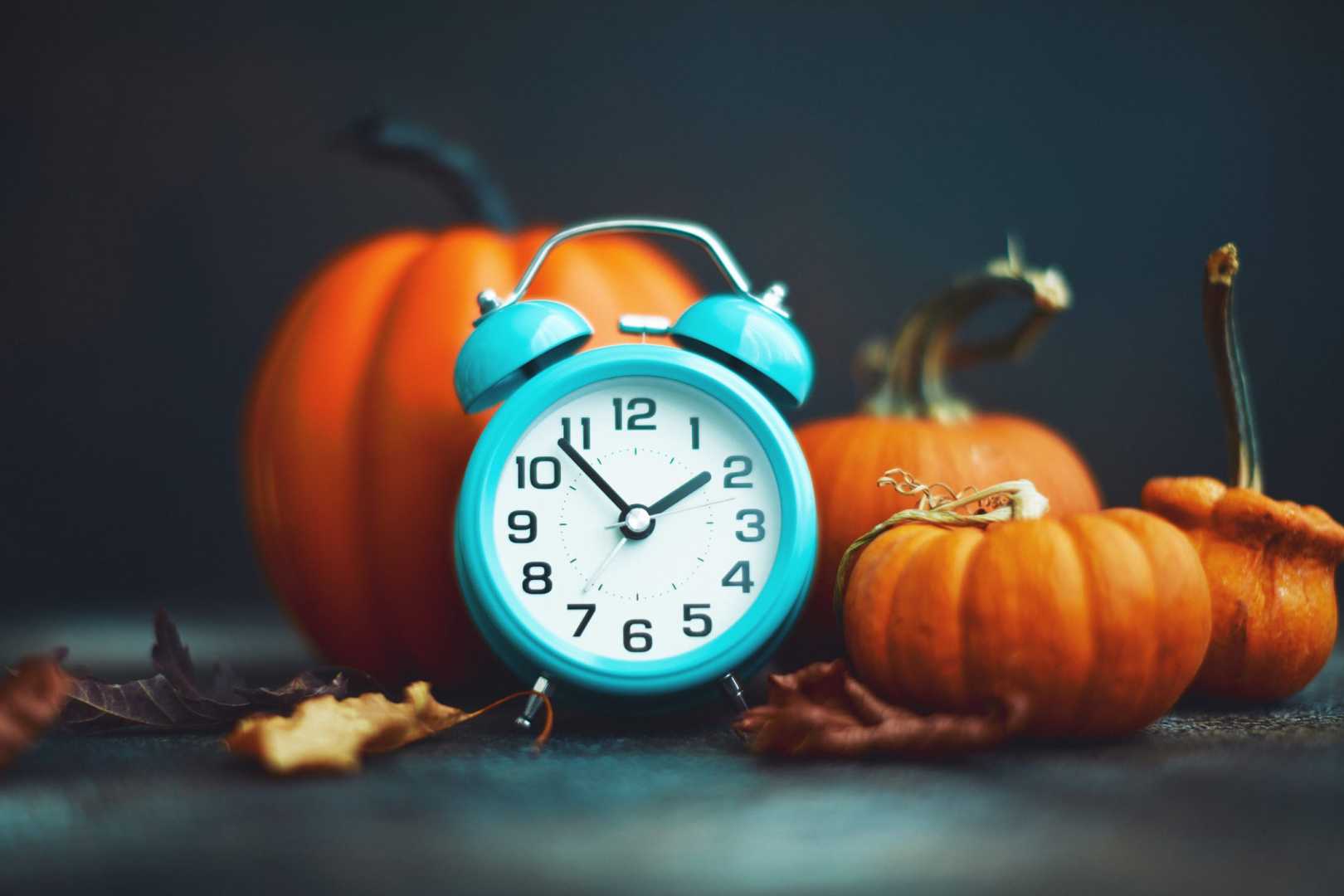News
Daylight Saving Time 2024: What You Need to Know as Clocks ‘Fall Back’

As the fall season progresses, the end of daylight saving time (DST) is approaching. In 2024, DST will come to an end on Sunday, November 3, marking the return to standard time across the United States.
On this day, clocks will “fall back” one hour at 2 a.m., meaning people will gain an extra hour of sleep. For example, if you fall asleep at 10 p.m. on Saturday, it will be equivalent to falling asleep at 9 p.m. once the clocks roll back.
The practice of DST was first established in the U.S. in 1918 as part of the Standard Time Act, aimed at conserving energy during World War I. It has since been regulated by the Uniform Time Act of 1966, which sets uniform start and end dates for DST across the country.
Not all states observe DST; Hawaii and Arizona (except for the Navajo Nation) do not participate, along with five U.S. territories: American Samoa, Guam, Northern Mariana Islands, Puerto Rico, and the Virgin Islands.
The time change can have significant health implications. It disrupts the body’s natural day-night rhythms and has been associated with increased heart attacks, strokes, abnormal heart rhythms, sleep disruption, mood disturbances, and even suicide. Health experts recommend gradual adjustments to bedtime and increased exposure to sunlight during the day to mitigate these effects.












